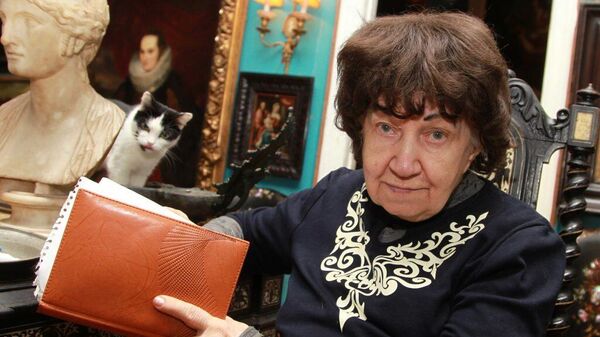
SAMARA, 14 Feb. Art critic Nina Moleva previously donated 153 paintings by her husband Eliya Belyutin to the Samara Regional Art Museum, said Tatyana Petrova, deputy director for scientific work of the museum.
Earlier, the press service of the Ministry of Culture of the Russian Federation reported that the writer, historian, art critic, member of the Union of Writers and the Union of Artists of Russia Nina Moleva passed away at the age of 98. She was the author of works on Russian painters Ivan Nikitin, Fyodor Rokotov, Dmitry Levitsky, Vladimir Borovikovsky, Pavel Chistyakov, Konstantin Korovin, as well as studies on the history of Russian and foreign art. Since 1955, the writer was married to the artist and art theorist Eliy Belyutin.
«She had a husband — Eli Belyutin, he was an artist himself, he worked a lot in graphics and painting. When he died, she began distributing his works to museums with which she had some kind of good relationship. She contributed to our museum in this way transferred 153 works from 2012 to 2016 — these are graphics, not many paintings,” said the agency’s interlocutor.
Petrova reported that during the transfer of works, Belutina saw another collection — Western European art, which was passed on to Moleva from her husband and his relatives. According to a researcher at the Samara museum, Moleva had no intention of donating this collection to either the Pushkin Museum in Moscow or the Hermitage in St. Petersburg.
“There were works by Italian Renaissance artists, works by (Peter Paul) Rubens… But you know what’s the matter, she talked about this, supposedly everyone confirmed it — researchers, those who understand these things. But I heard other versions, that many things there were copies or fake things. They looked like good, old things, but this does not mean anything… She wanted to first give it (the collection — ed.) to Poland, and then she was forbidden to export valuables from Russia.. Now, since there are no heirs, it will go to the state,” Petrova said.
The researcher explained that the authors of the works could not have been the famous artists themselves, but representatives of their schools, which makes the paintings less valuable. At the same time, Petrova noted that checking works for authenticity is a “special science”, which is carried out only by specialists using certain tools.
< br />




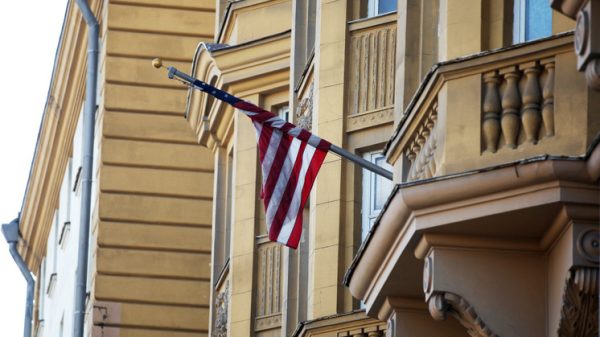



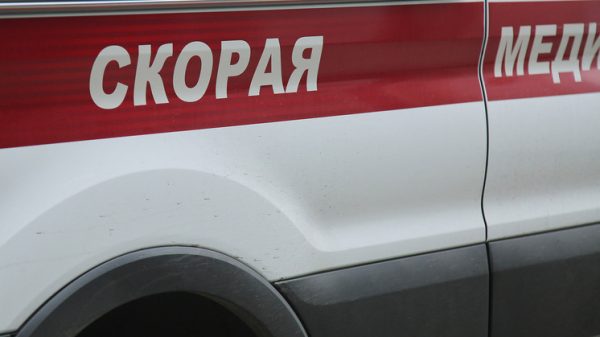

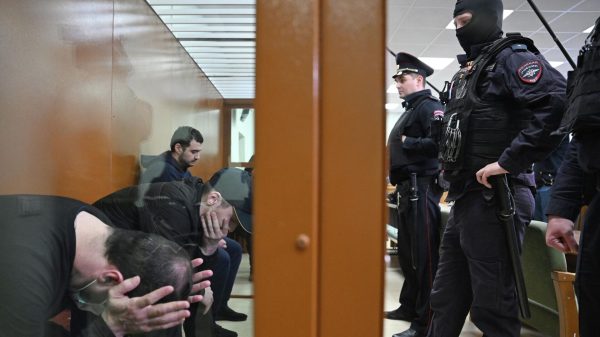
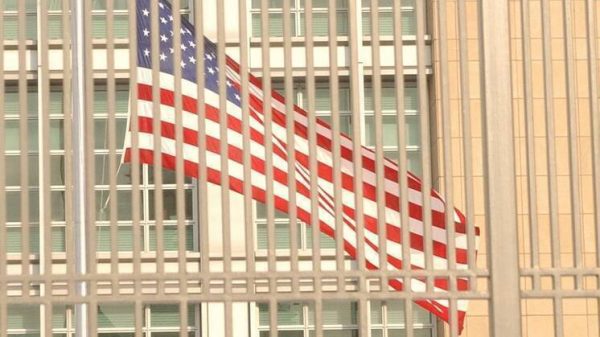



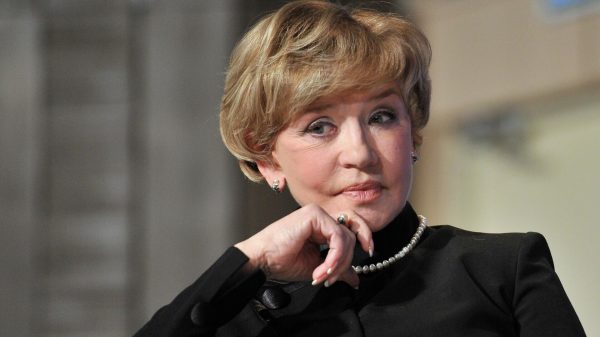
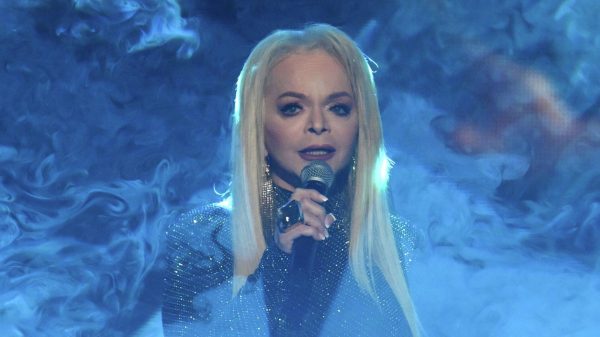
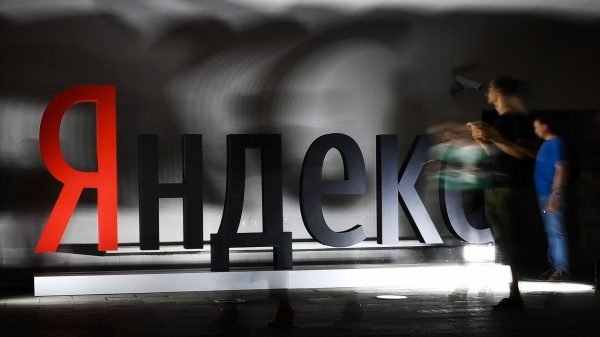
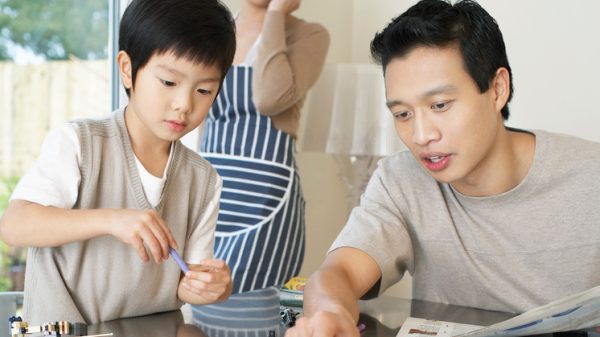
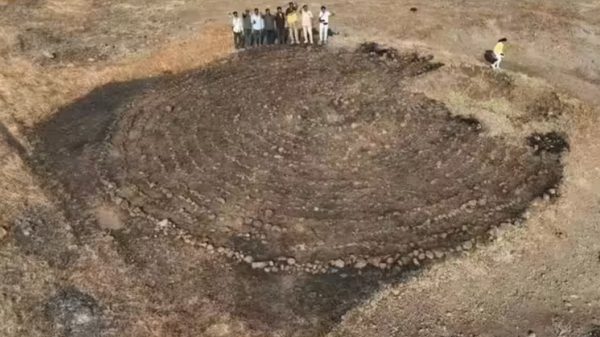
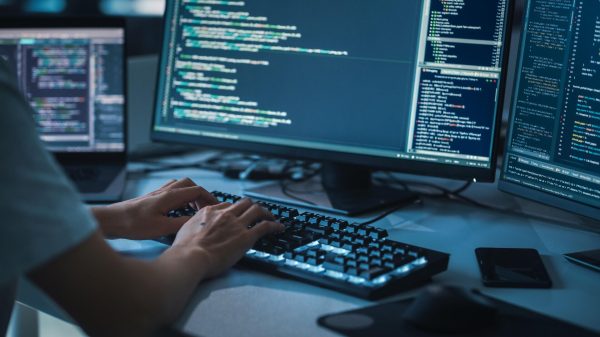












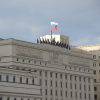

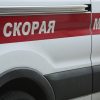

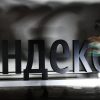


















Свежие комментарии